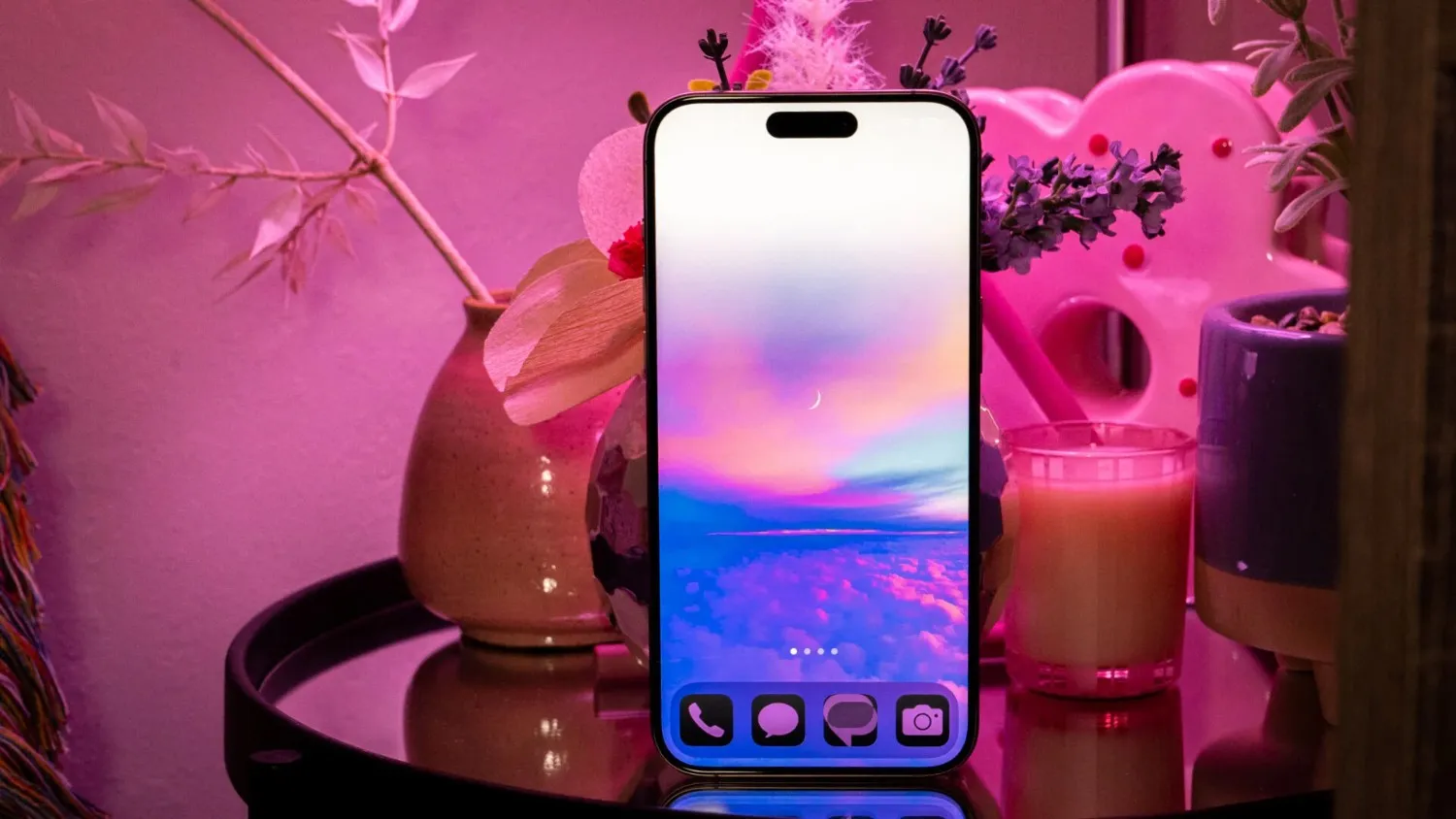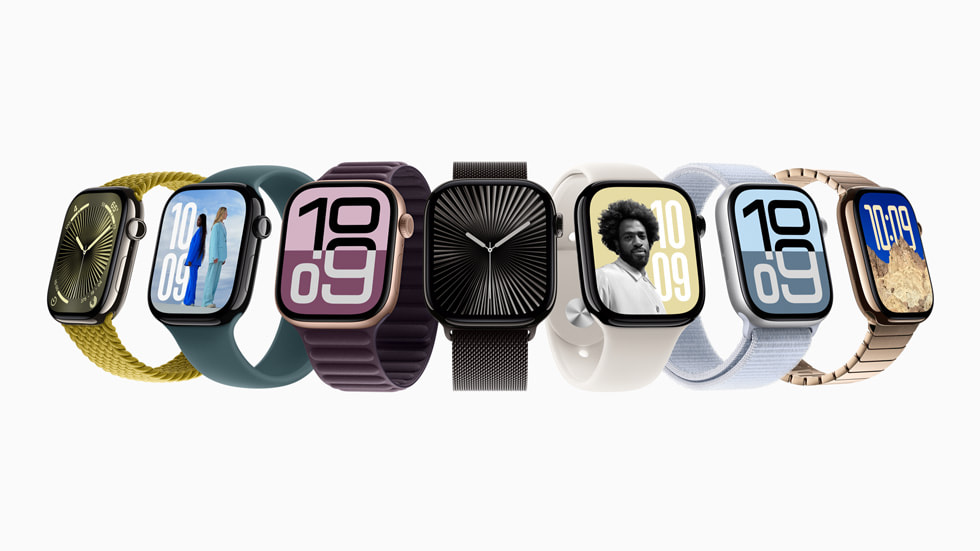Apple’s iOS 18.5 update is dropping soon, packed with handy features to spruce up your iPhone. Let’s dive into what’s new and how it’ll make your phone even better. To start, there’s a lively Pride 2025 wallpaper with bold, colorful patterns that dance across your screen when you lock or unlock your device. It’s a fun way to show support for inclusivity.
For iPhone 13 owners, you’ll love the new satellite connectivity option, letting you tap into carrier services even in far-off places with no signal. Screen Time is getting a tweak that lets you silence notifications from chosen apps when you’re in a focus mode, keeping distractions at bay.
Over in the Apple TV app, a new “Live” section makes it super easy to jump into live sports or events without digging through menus. Lastly, the Mail app now lets you hit snooze on emails, pushing them out of sight until you’re ready to deal with them. It’s a small change that keeps your inbox tidy.
Set to roll out next week after thorough testing, iOS 18.5 isn’t a massive overhaul but adds thoughtful upgrades to your iPhone’s daily grind. Get excited to try these fresh features and enjoy a smoother, more colorful phone experience!







